A delightful Thai peanut sauce is called for in this recipe for Easy Thai Asian Peanut Zucchini Noodles, which also asks for swiftly stir-frying zucchini noodles with the fresh vegetables of the day.
A total of about five minutes is all that is required to finish the procedure. These noodles are delicious when prepared as a side dish for lunch or dinner, and the sauce may be prepared with as much or as little heat as you choose, based on your own individual preference.
Even though it’s only one dish, this single portion of Thai Pumpkin Pasta has a lot of flavors packed into it!
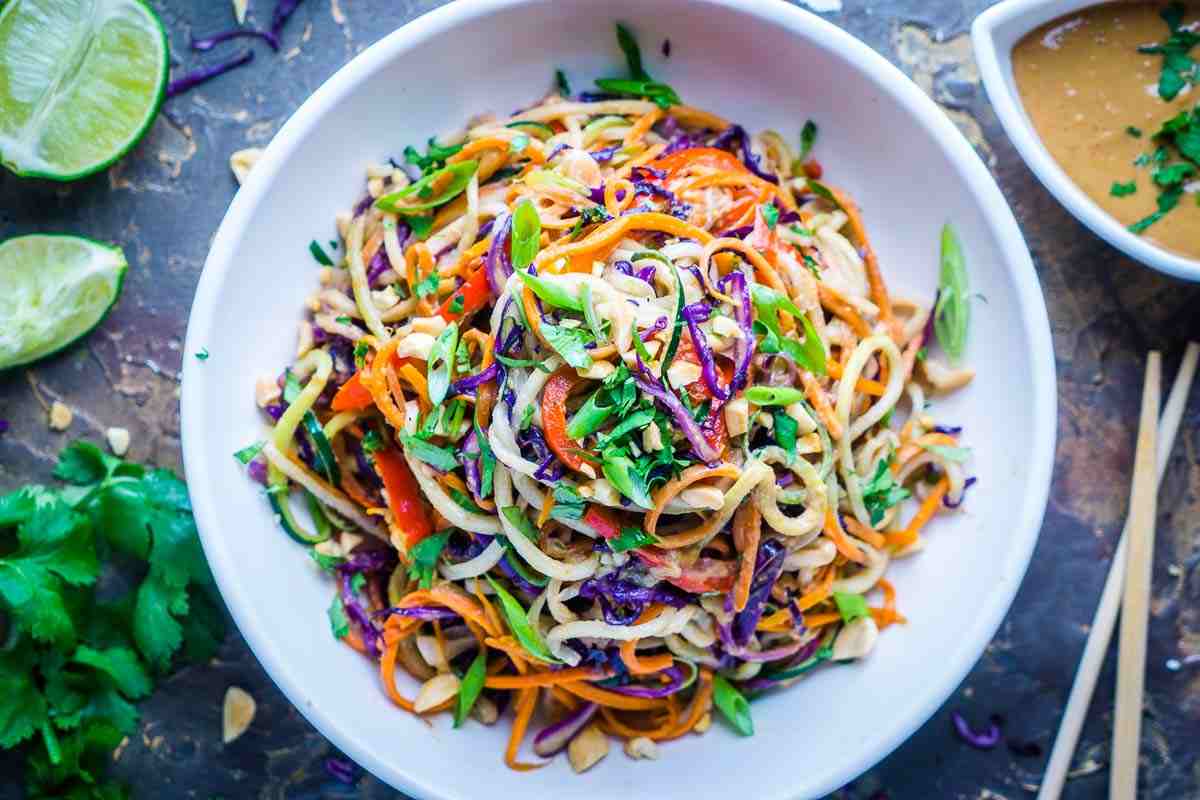
This dinner, on the other hand, may be prepared at any time of the year, despite the fact that its taste is like having the season of summer captured in a bottle and presented in a bowl.
You can prepare a batch of zucchini spaghetti on a weeknight for a fast supper, or you can make a little extra and store it in the refrigerator so that you have something to eat in the middle of the week. Either way, it’s a great way to sneak more vegetables into your diet.
I had been wondering whether or not it was possible to buy zucchini noodles that had already had the cutting done for them.
Yeah! In point of fact, zucchini noodles are a permanent fixture on our menu, since they are offered many times on each and every single day of the week.
Following this step, we place them in a container, ensure that there are no openings for air to enter, and then place the container in the refrigerator.
After that, we include them in practically every item that we eat for the rest of that week, including salads, wraps, stir-fries, eggs, and of course, this Thai zucchini pasta.
Are zoodles, which are made from spiralized zucchini, capable of being frozen?
Not. When it comes to zucchini noodles, I prefer not to put them in the freezer as I do other fresh vegetables. This is because zucchini noodles tend to get waterlogged.
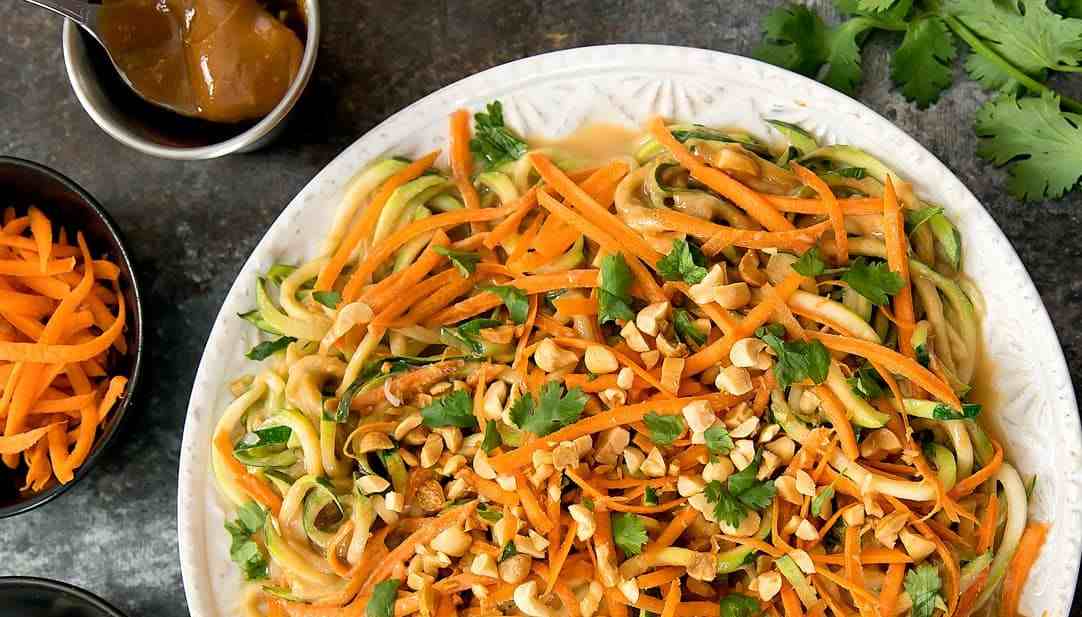
Instead, you should store them in the refrigerator for optimal freshness. However, after they have been cooked, I am able to freeze them; however, I need to do it with great care since even after being frozen, their consistency may still be peculiar and maybe unpleasant.
Having said that, I am able to put them in the freezer once they have been cooked.
Follow these instructions to learn how to avoid eating excessively wet zucchini noodles by following the procedures in the following order:
To begin, the zucchini noodles should be cooked al dente, which indicates that they should retain some of their initial firmness after cooking rather than becoming mushy and bouncy.
This may be checked by biting into one of the noodles after they have been cooked. Because of this, the zucchini noodles will maintain their form very well until they are served.
Since zucchini noodles do not contain any starch as wheat spaghetti does, if an excessive amount of sauce is used, it will just pool in the bottom of the serving dish until the zucchini noodles are consumed.
This will continue until the zucchini noodles are completely consumed. It is essential to keep in mind that the peanut sauce that is used in this Thai zoodles meal should only be used in a quantity that is big enough to cover the zoodles in a thin coating.
Remembering this detail is essential. 3. Salt: The recipe asks for salt, which plays an important part in the process of extracting water from the zucchini noodles.
In other words, salt is necessary for the dish. After you have salted the noodles and given them a twenty-minute break during which they are not to be disturbed, you may proceed with the step.
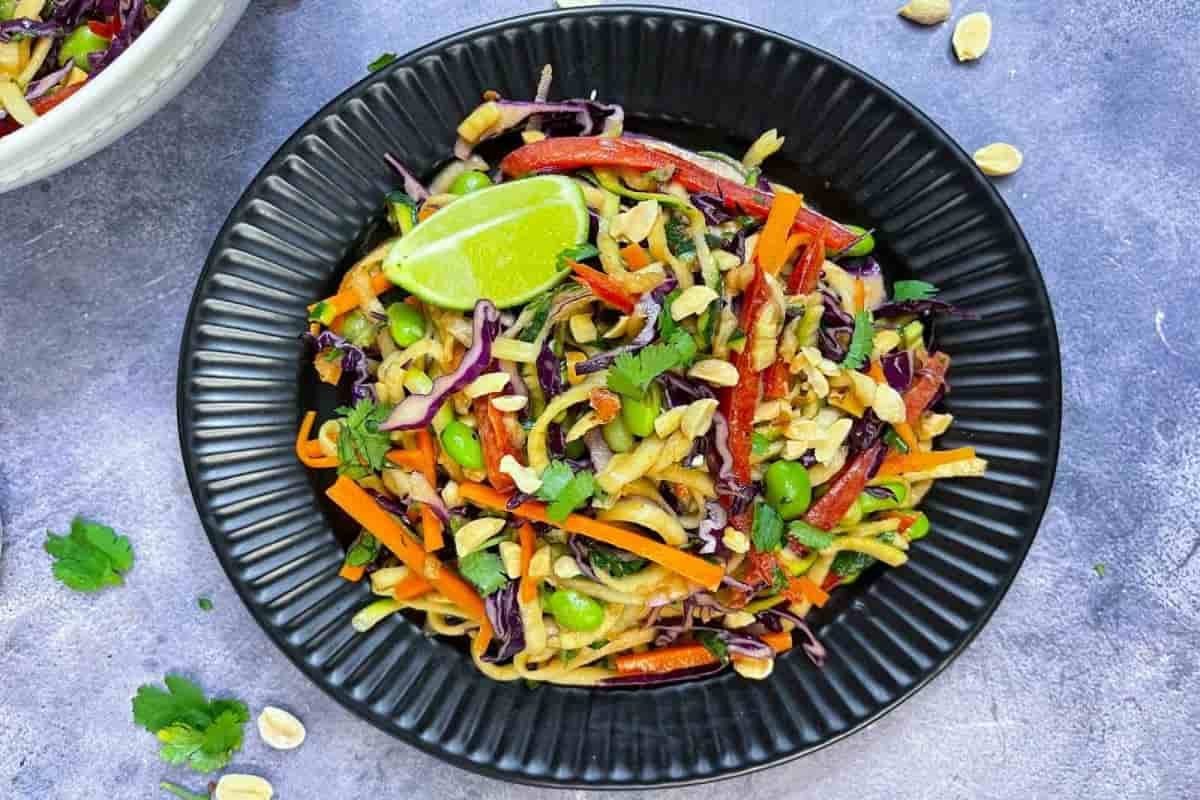
After that, use a piece of paper towel to pat each individual noodle dry to ensure that they are totally devoid of moisture. I have very little patience, therefore I am unable to utilize the salt technique; as a result, I constantly fall back on the other two methods. This is why I always return to the salt method.
The following are the components that are required to make the Thai Peanut Pumpkin Noodles recipe, and they should be blended in the following proportions:
There are a number of processes involved in preparing the vegetables, including spiralizing the squash, grating the carrot, slicing the red bell pepper and cabbage, and mincing the green onion.
The white component of the machine is where I really do the roasting, while the green cover is only for show. The white part of the machine is where I actually do the roasting.
Simply combining all of the components that make up the peanut sauce in a mixing bowl is all that is required to make the peanut sauce.
If you want to make it runnier, all you need to do is add a very little quantity of water at a time until it reaches the consistency you want it to be in.
If you want to make it thicker, all you need to do is add more water. If you want to use a sauce, it should be thin enough to pour easily; this will allow the zoodles to be covered fast and evenly.
The approach that is advised is to chop the onion, bell pepper, and carrot into small pieces and then cook them in a large skillet over medium-high heat until they are tender.
After adding the zucchini noodles, continue to simmer the dish over low heat for a few more minutes, until the noodles are tender but retain some of their bites.
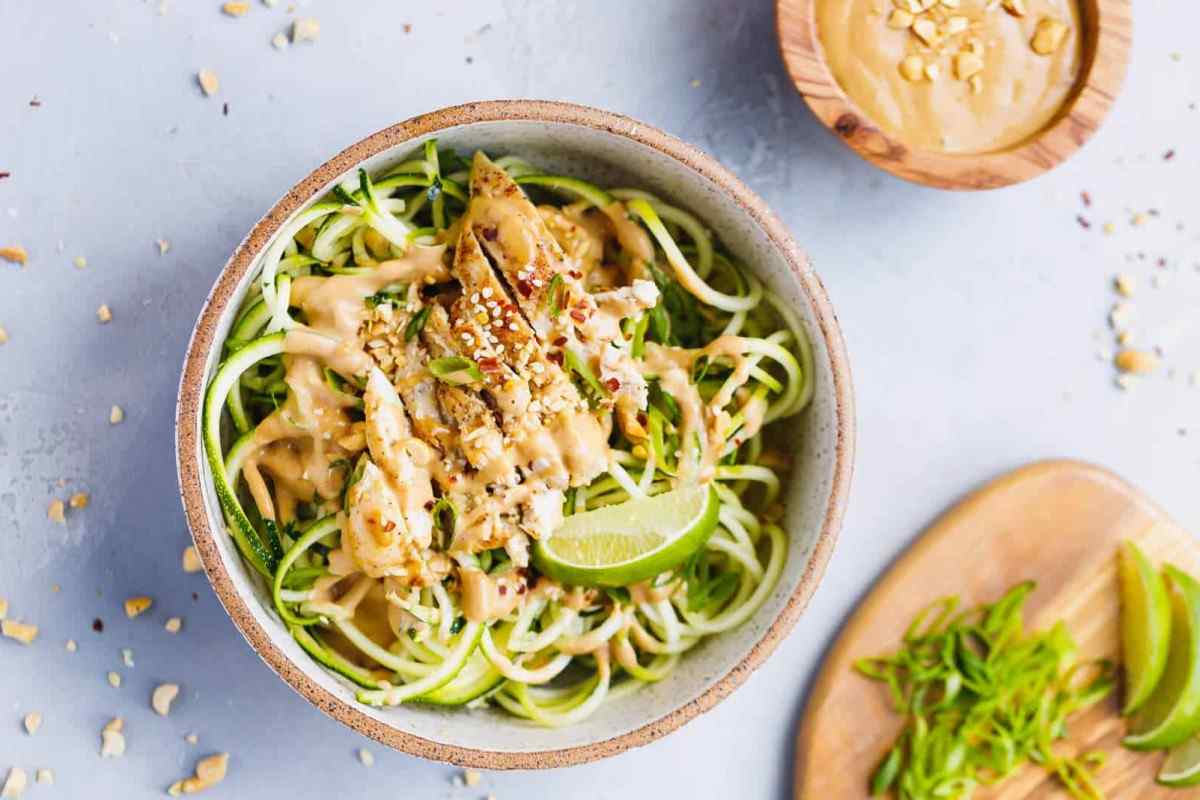
Make sure the veggies don’t become overcooked in the process. Turning off the heat in the pan is necessary in order to avert the possibility of the peanut sauce catching fire as it is being added to the pan.
If you do everything exactly as I’ve described, the zucchini noodles won’t end up being mushy.
Proceed to add the peanut sauce in stages, tasting it periodically as you go, and then finish applying it. Repeat this step as many times as necessary until all of the noodles have a coating of the peanut sauce.
Zoodles are noodle-like creations made from vegetables that are then blended with a variety of prepared toppings.
It is best to bring the oil to temperature over a medium heat setting in a large skillet. Include just the white portion of the green onion in the meal, in addition to the carrot, the pepper, and the cabbage.
Fry the beef for a few minutes to make it tenderer. This will just take a few minutes. Mix the Zoodle-like squash with the other ingredients in the dish.
Cook the zucchini noodles for two minutes, or until they are as soft as you want them to be, whichever comes first.
Take the pan off the heat and, while continually turning it, add the peanut sauce in stages, adjusting the quantity you add each time to get the desired consistency. The meal may be served either hot or at room temperature at your discretion.
To use any of these items as a garnish, just toss them on the surface of the dish shortly before it is served. There are also a variety of other choices available, such as green onions, peanuts, cilantro, and lime juice.
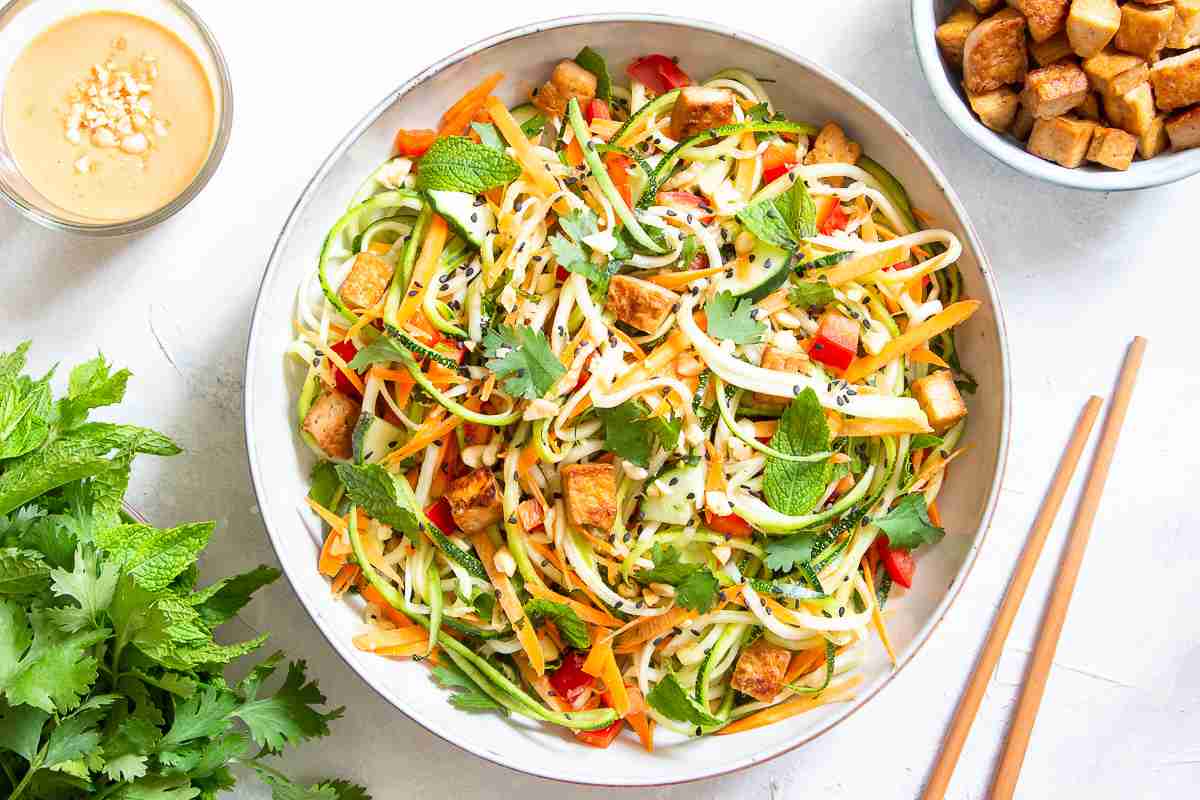
Zucchini Noodles with Peanut Sauce
A Portion of Peanut Sauce Noodles to Be Served The conventional spaghetti in this delectable and healthful vegetarian meal is substituted with spiralized butternut squash, and zucchini are seasoned with peanut butter, garlic, ginger, and sesame oil.
I haven’t been nearly as active as I am most of the time, and I haven’t had nearly as much drive to take a break from the never-ending stream of TV news in order to experiment in the kitchen with new dishes.
Yesterday about the time of lunch, I was finally able to drag myself off the sofa and into the Voisin Test Kitchen to continue my work on the dish I’ve been developing.
I had a want for something crisp and light that was also low in calories, so I decided to prepare a pasta salad without actually using any pasta.
This allowed me to satisfy my craving while still keeping the calorie count in check. In contrast, zucchini is the vegetable that I like the most since it has a lower price point, a higher degree of freshness, a more pleasing flavor, and a consistency that is less “gummy cream.”
It is possible to get a result that is like spiralizing zucchini without the use of a spiralizer by shredding the zucchini with a mandolin or by cutting “ribbons” with an ordinary vegetable peeler. Both of these methods will result in a similar appearance.
Because it contains peanut butter and sesame oil, this salad has a higher percentage of fat than any of the other salads that I create, despite the fact that it only has 116 calories.
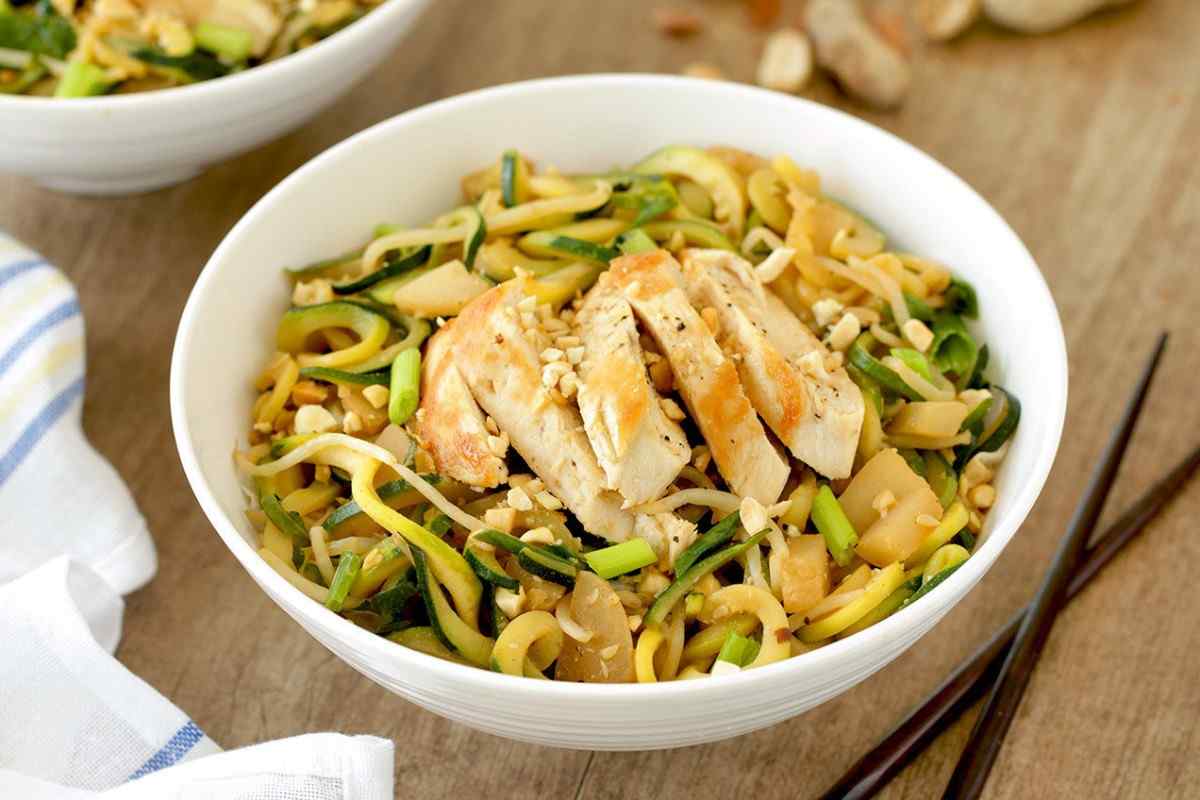
I used as much of it as I could without compromising the taste of the Asian spicy peanut sauces that I was making, and I used as much of it as I could.
If you’re trying to cut down on the amount of fat you consume on a daily basis, you may want to put off eating it until a day when you won’t be eating any other meals that include fat.
That way, you won’t be adding any more fat to your diet. If, on the other hand, you are in the mood to take part in an activity that is laid back and pleasurable, then you should definitely give it a go.
Instructions:
To prepare pumpkins for consumption, their stems must first be removed, and then the fruit’s inside and exterior must be meticulously cleaned.
Utilizing a spiralizer or a mandolin to cut the zucchini into “strings” is one way to prepare the vegetable.
To keep a big serving bowl from becoming soiled while it is being transported from the kitchen to the dining room, wrap it in a clean dish towel or a couple of sheets of paper towels.
Mix the zoodles, which are created from spiralized zucchini, with the sliced red bell pepper that is contained in a bowl.
Peanut butter, a half spoonful of water, and the other ingredients should be mixed together in a small bowl using a whisk until all of the ingredients are integrated.
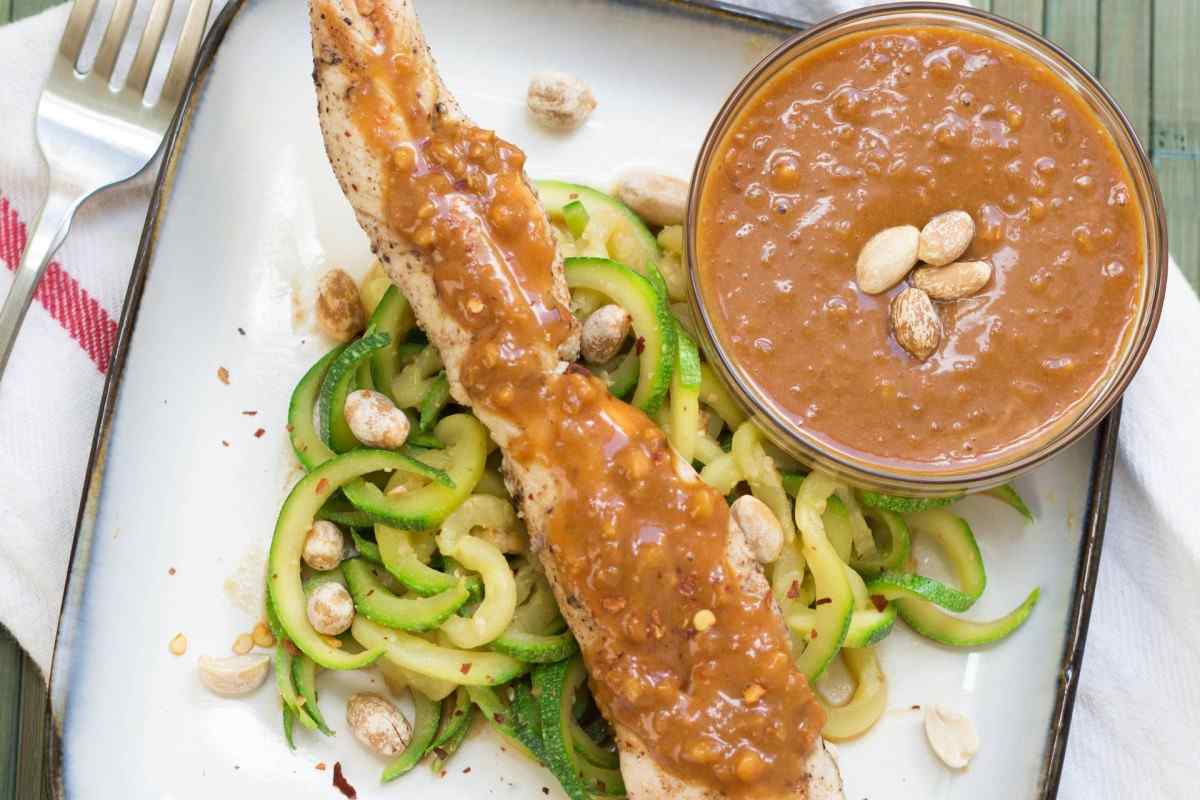
If necessary, add another half teaspoon of water to the sauce so that it does not become so watered down that its consistency is no longer acceptable. It is very suggested that you take the towels out from underneath the zucchini strings.
After that, add the sauce and stir everything together until it is completely incorporated, being careful to cover the noodles with the sauce.
It should be served as quickly as you can. (You are welcome to preserve any leftovers in the refrigerator; however, you should be aware that the sauce will get separated on the bottom of the plate because the zucchini’s juice will seep into the sauce.
To prevent this from happening, be sure to give the sauce a thorough stir just before you serve it.
Because sesame oil has a robust taste but a low calorie and fat content (only 10 calories and 1.25 grams of fat per serving, which is comparable to a quarter of a teaspoon), you are free to decrease that amount in half if you are attempting to maintain a healthy weight.
Grades: A single portion counts as two Smart Points when following the Freestyle program that is made available by Weight Watchers.
If you use peanut powder instead of peanut butter and mix it with one tablespoon of water, then each individual serving will only count as one point.

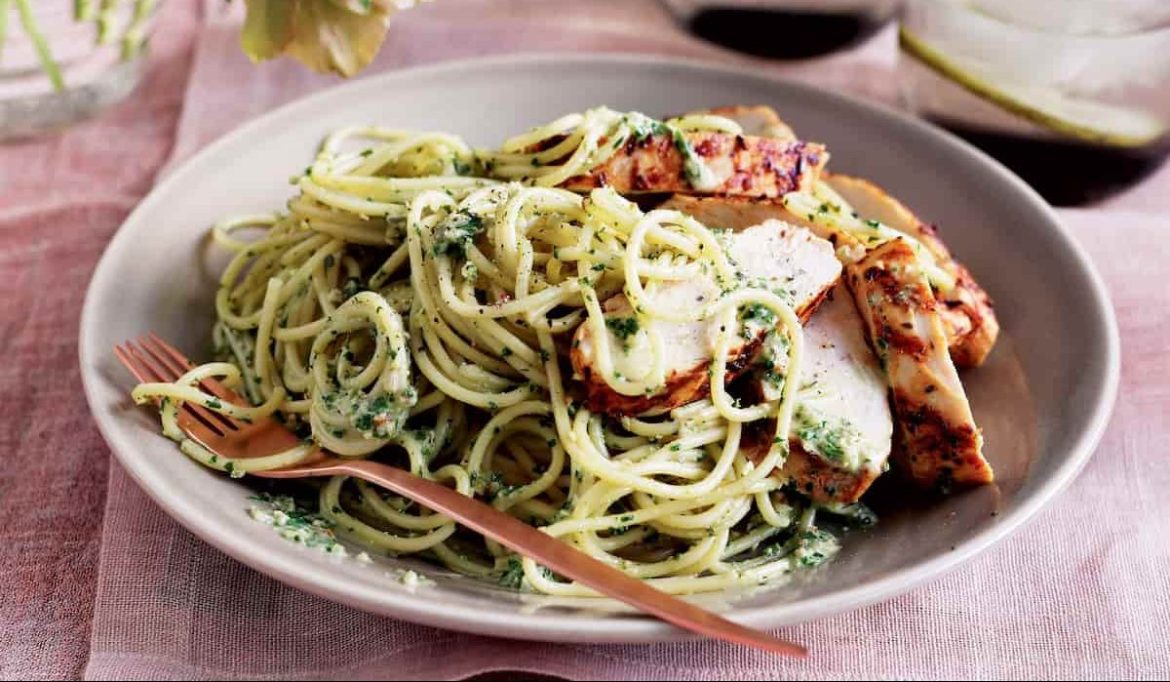
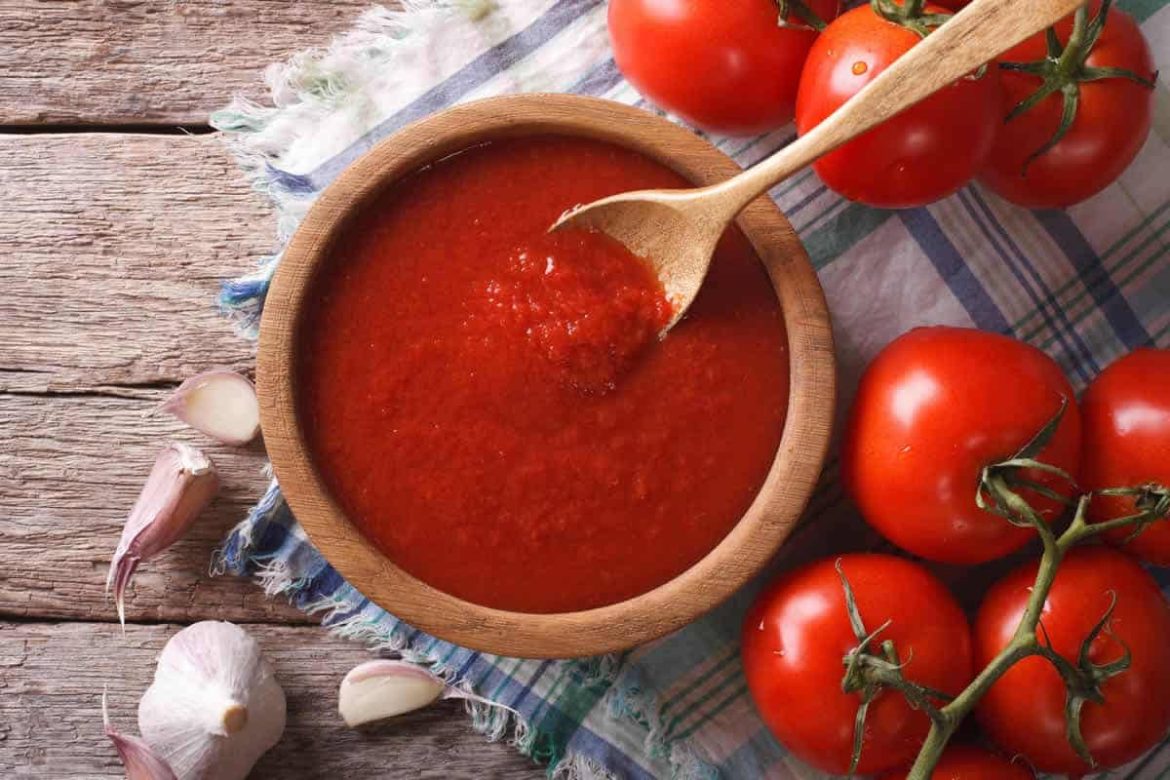
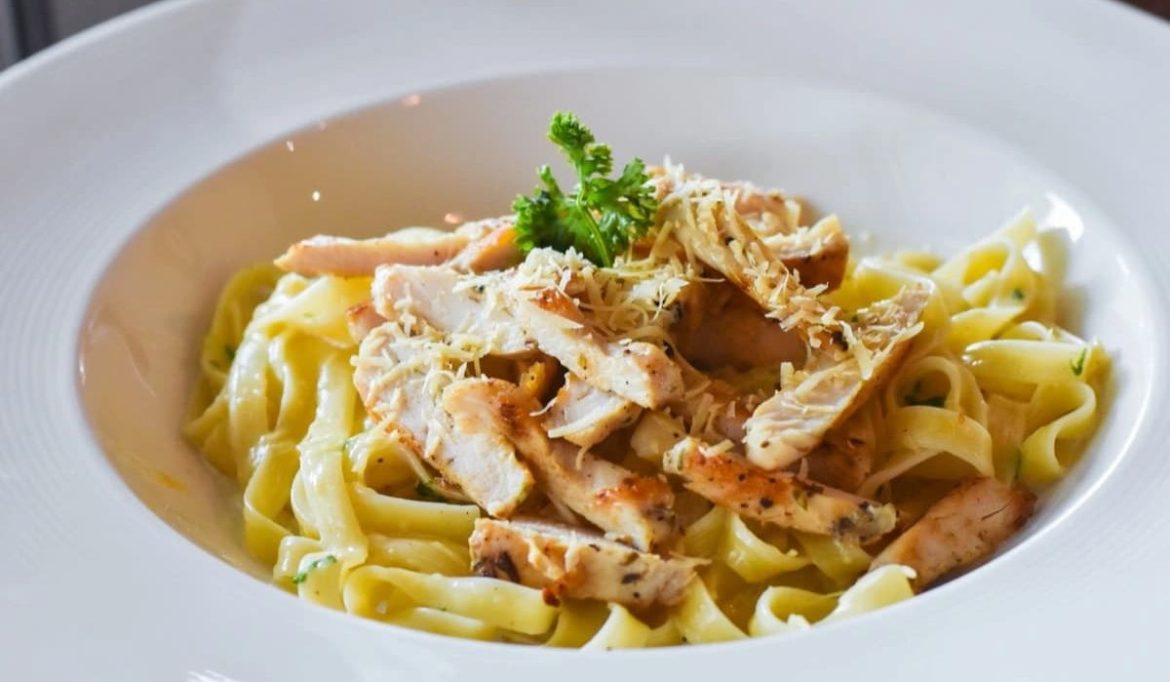
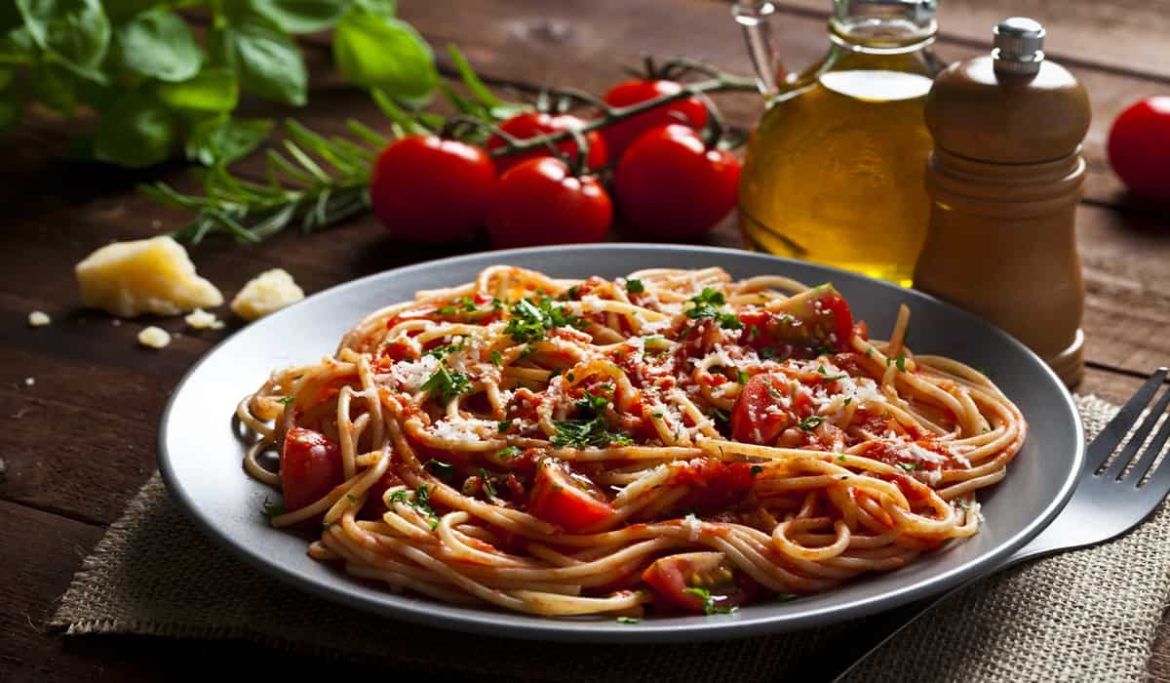
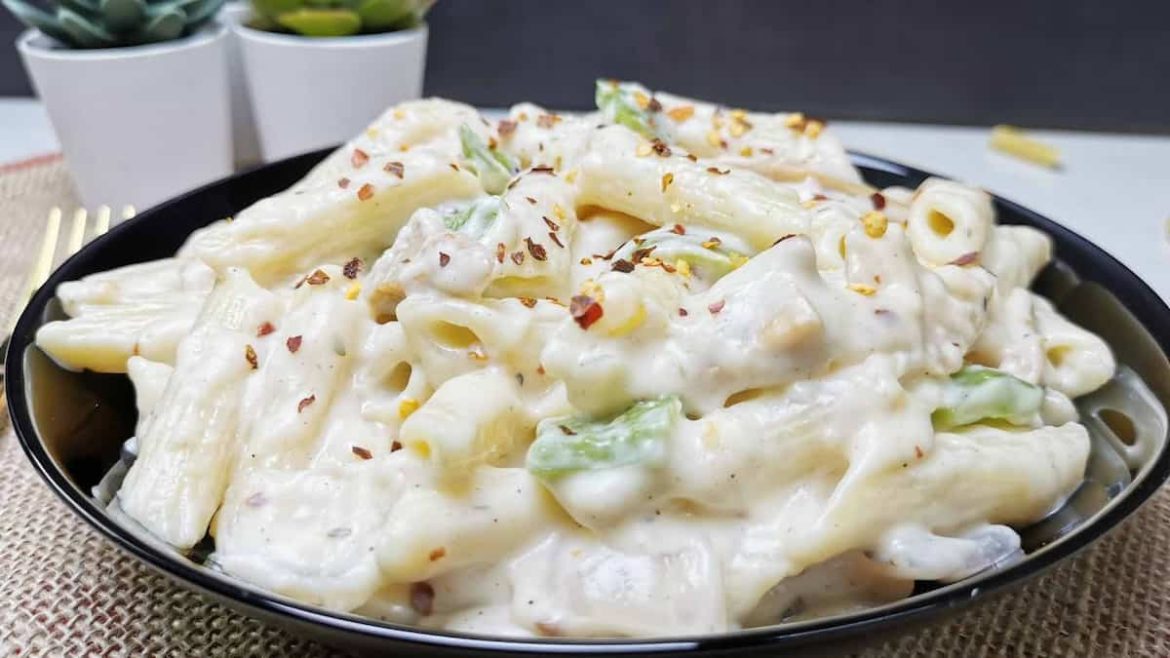
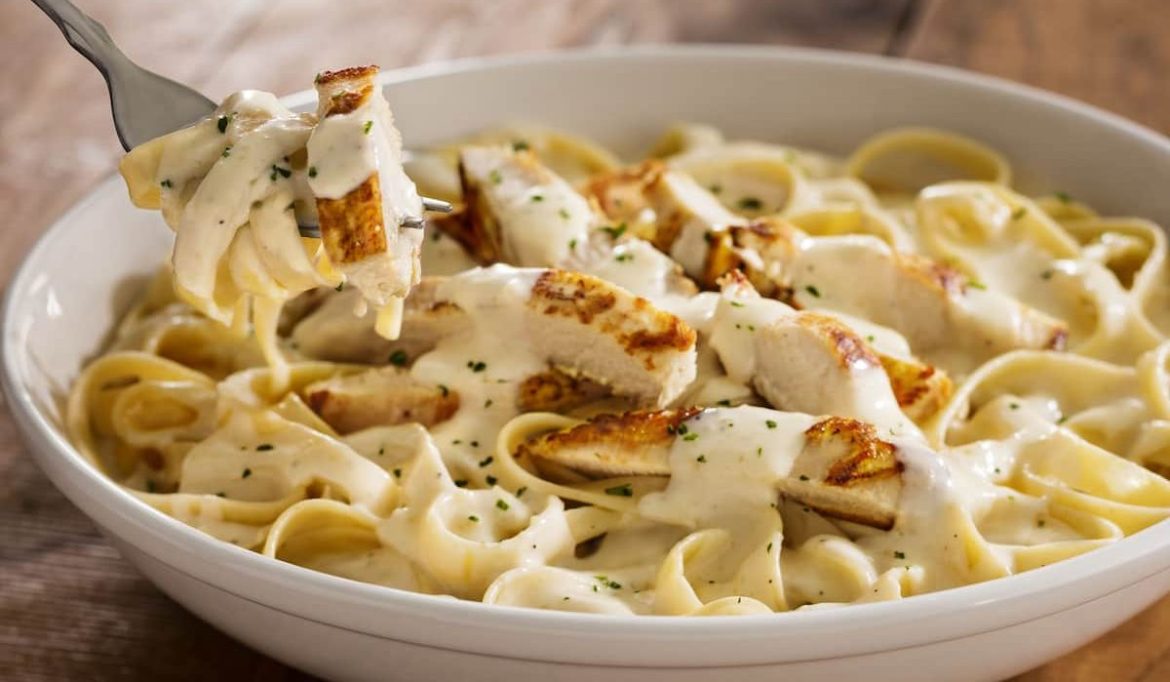
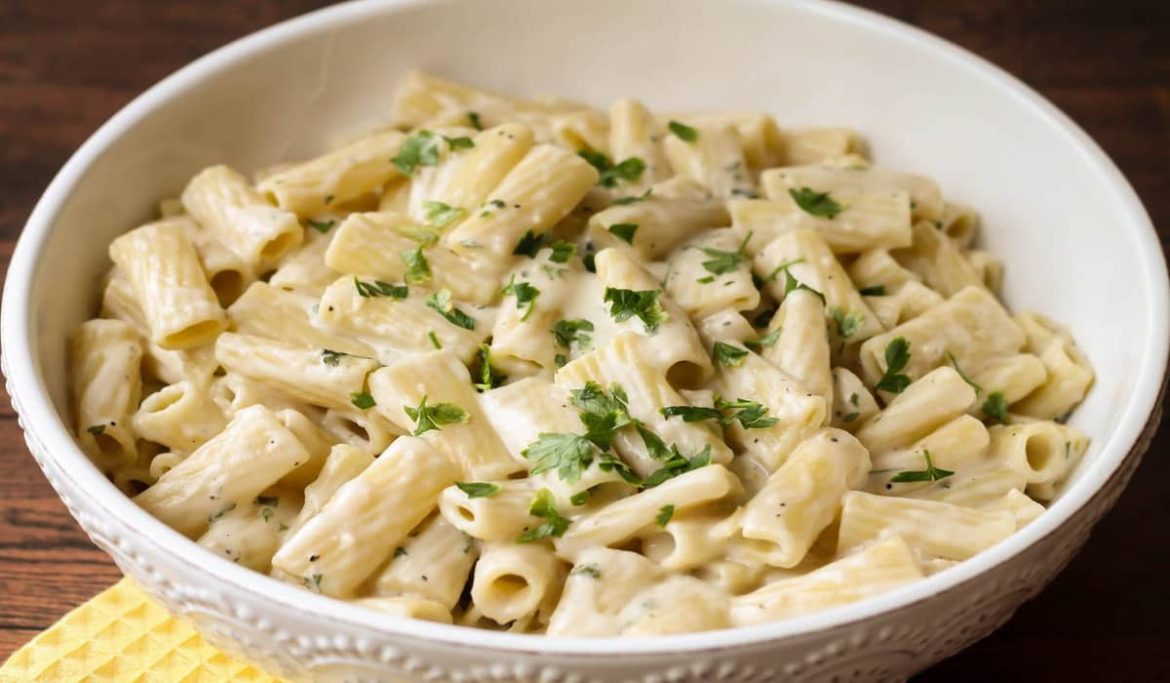
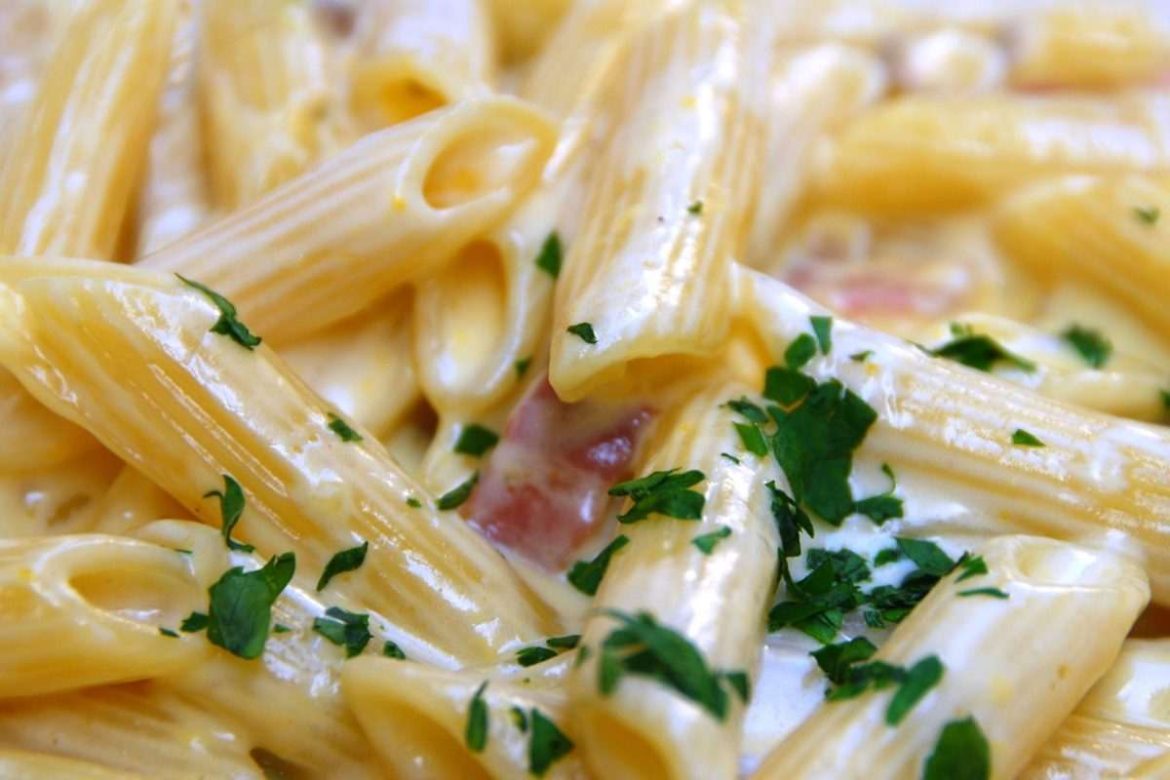
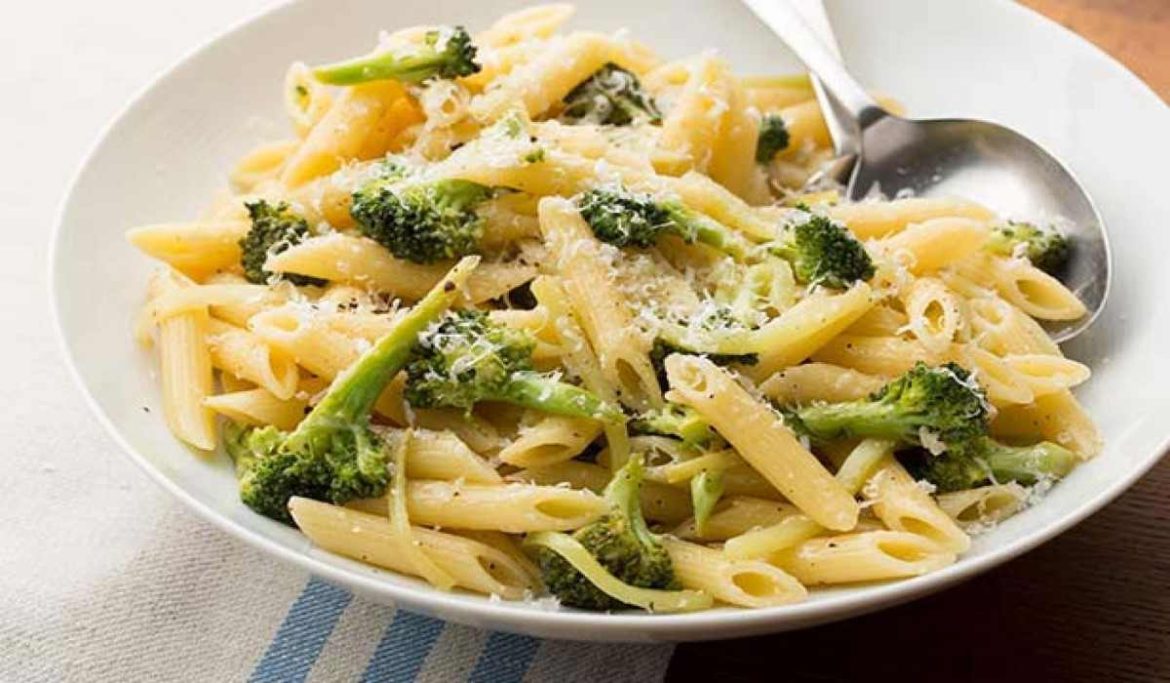
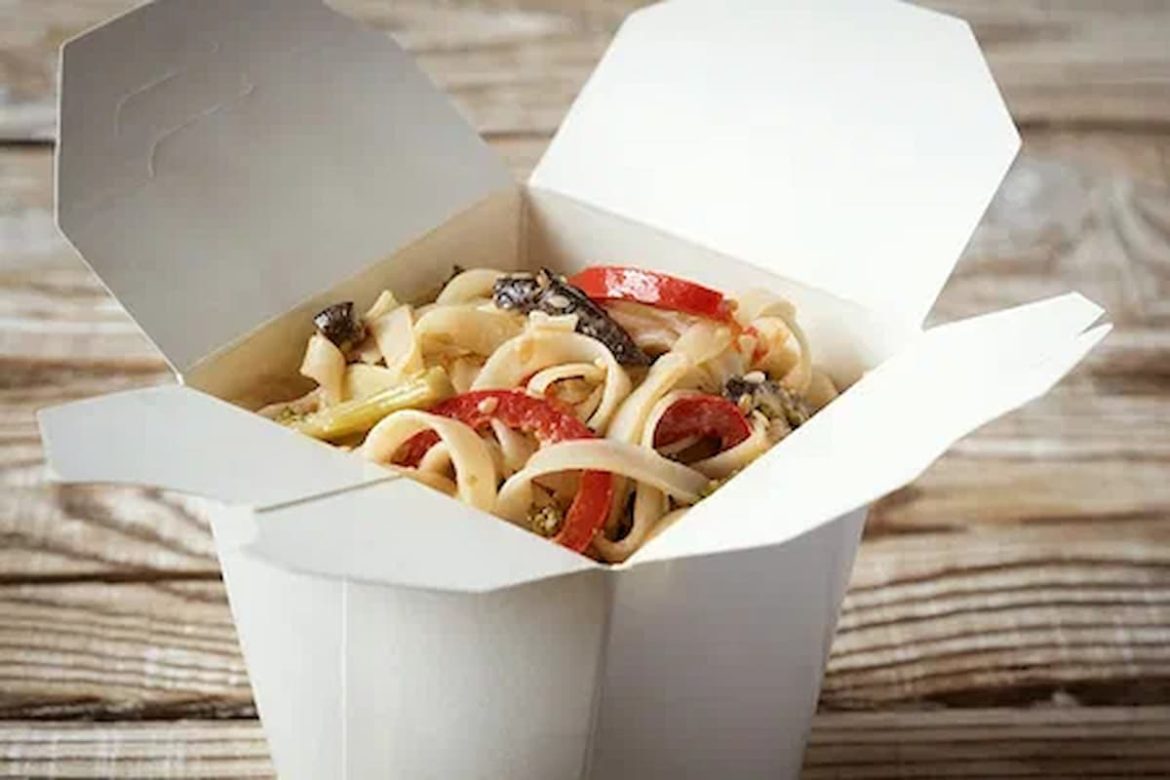
Your comment submitted.